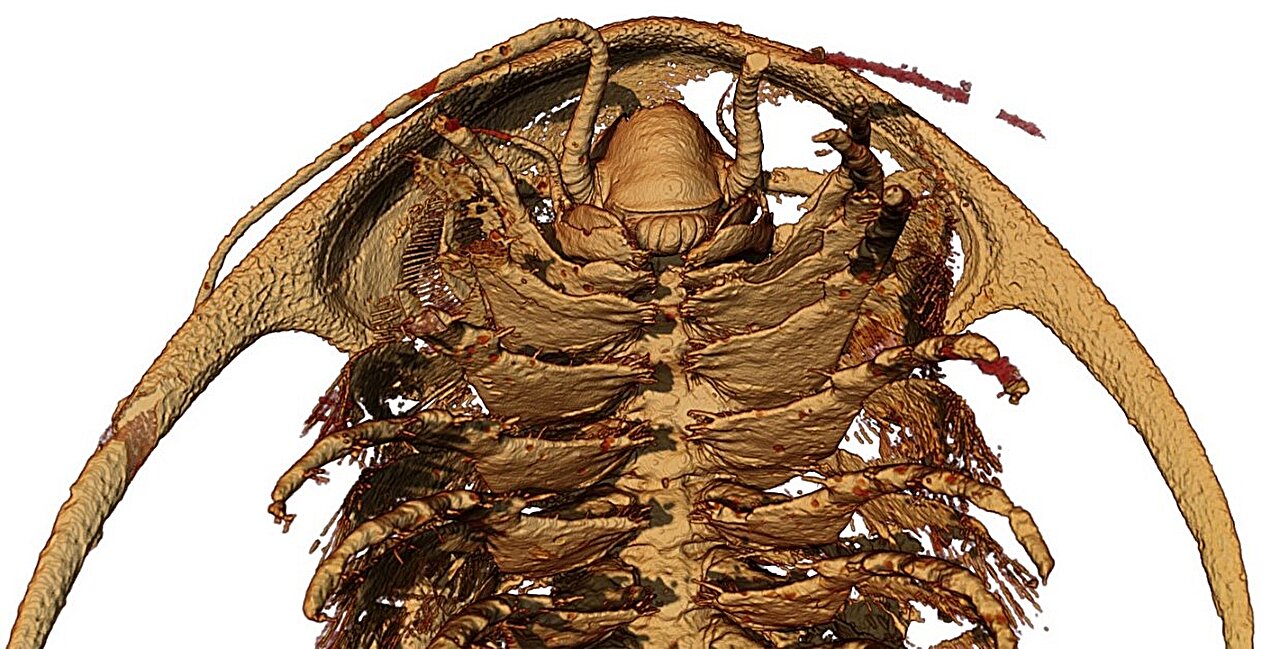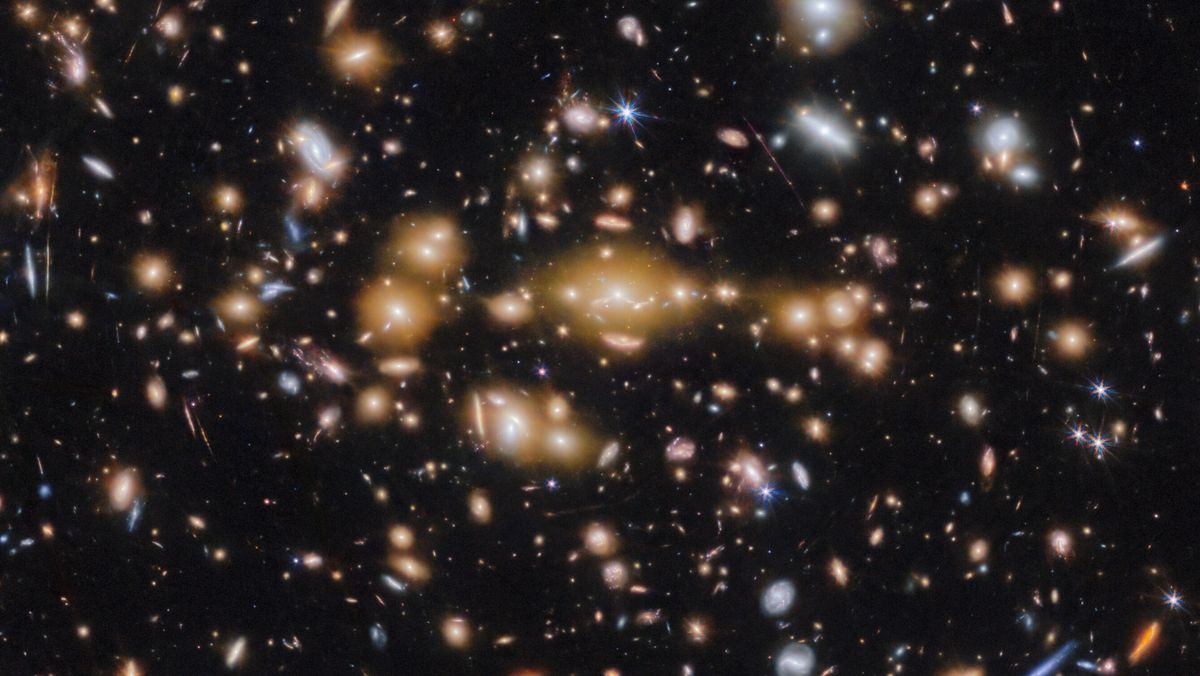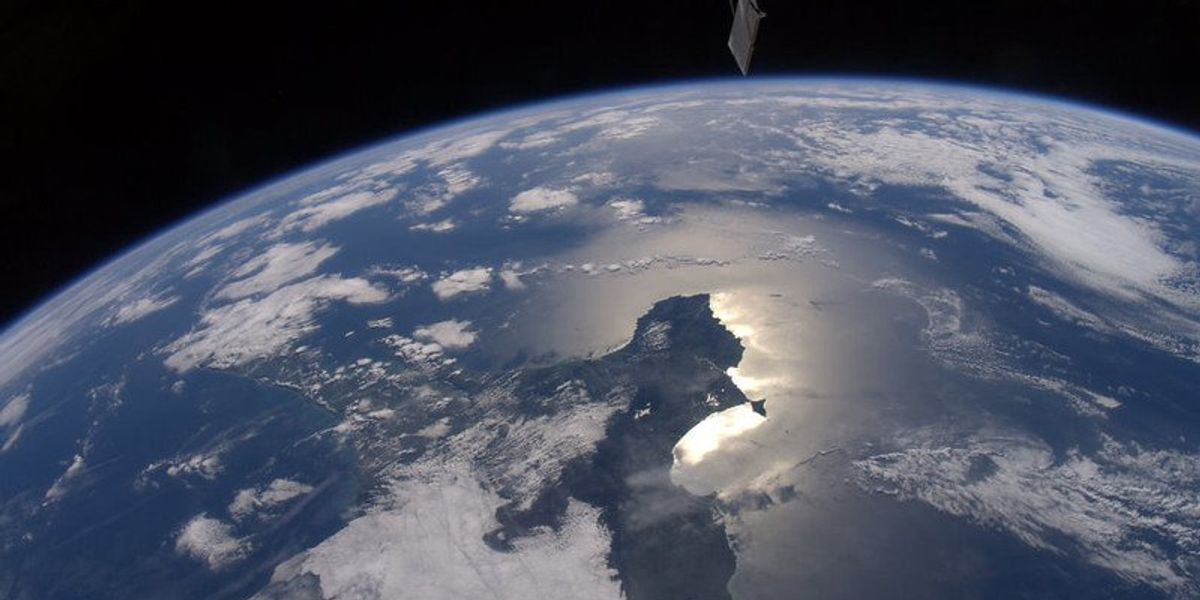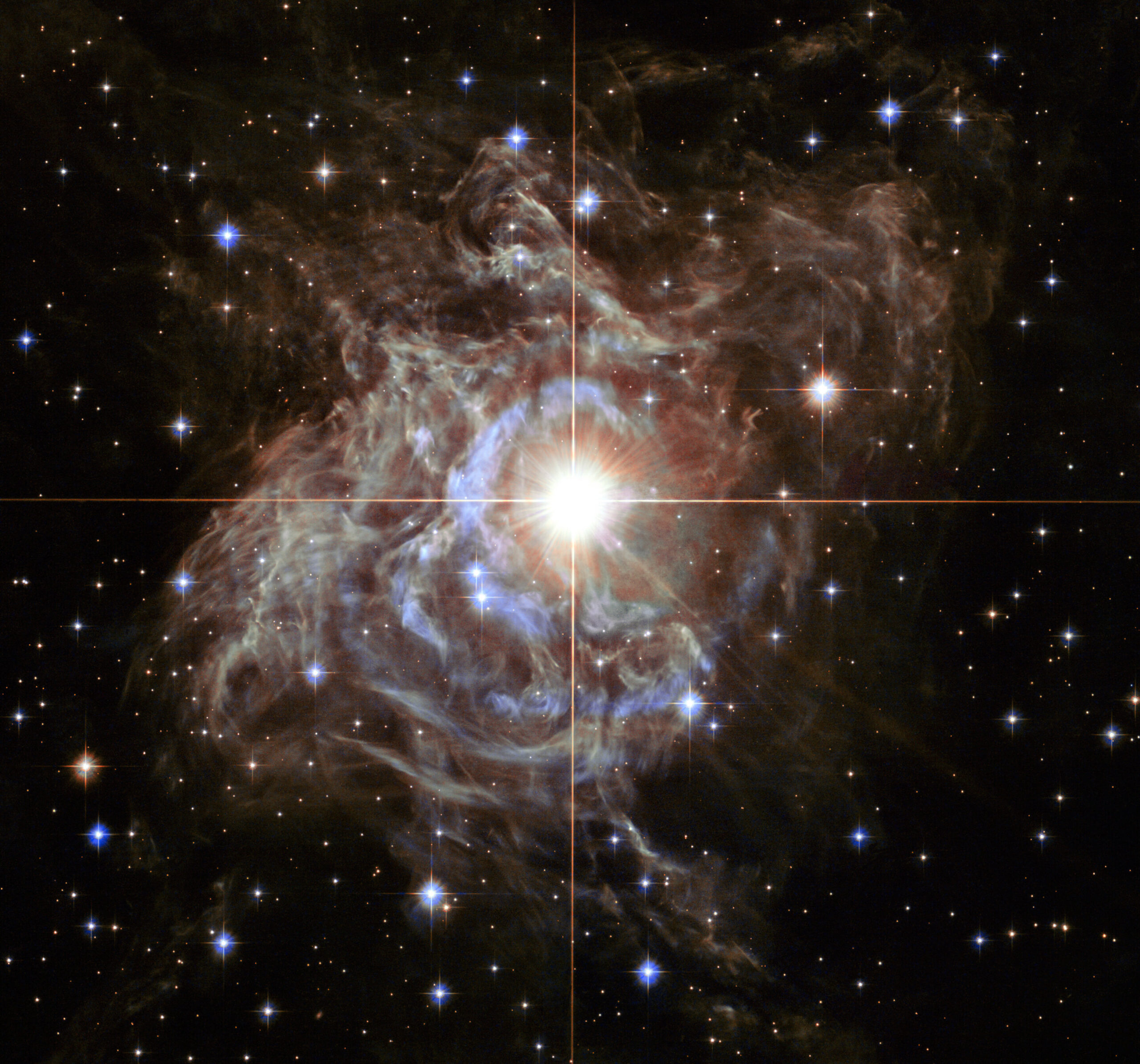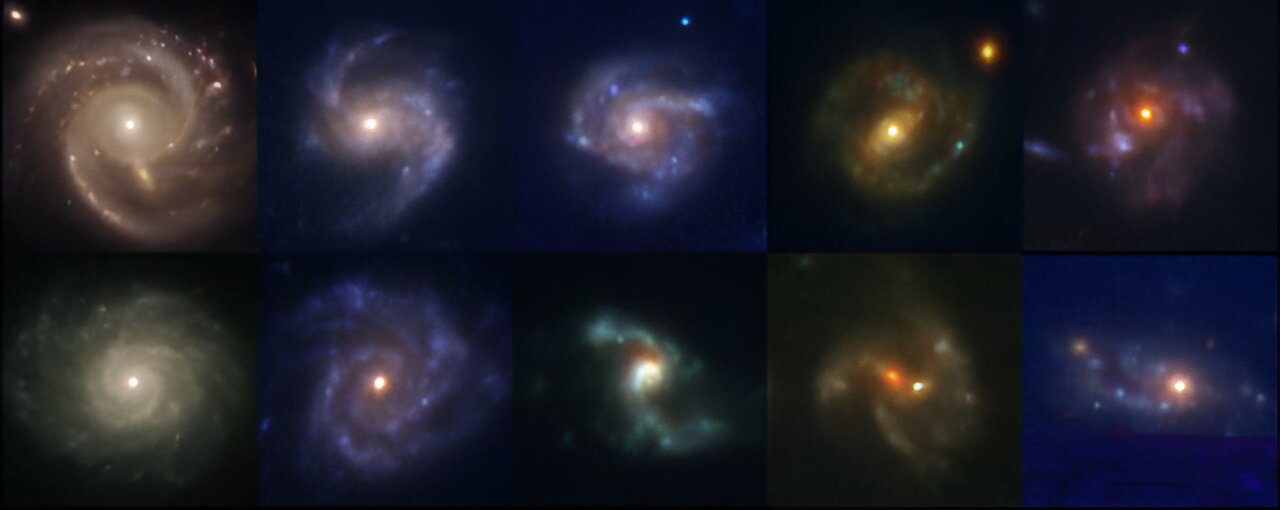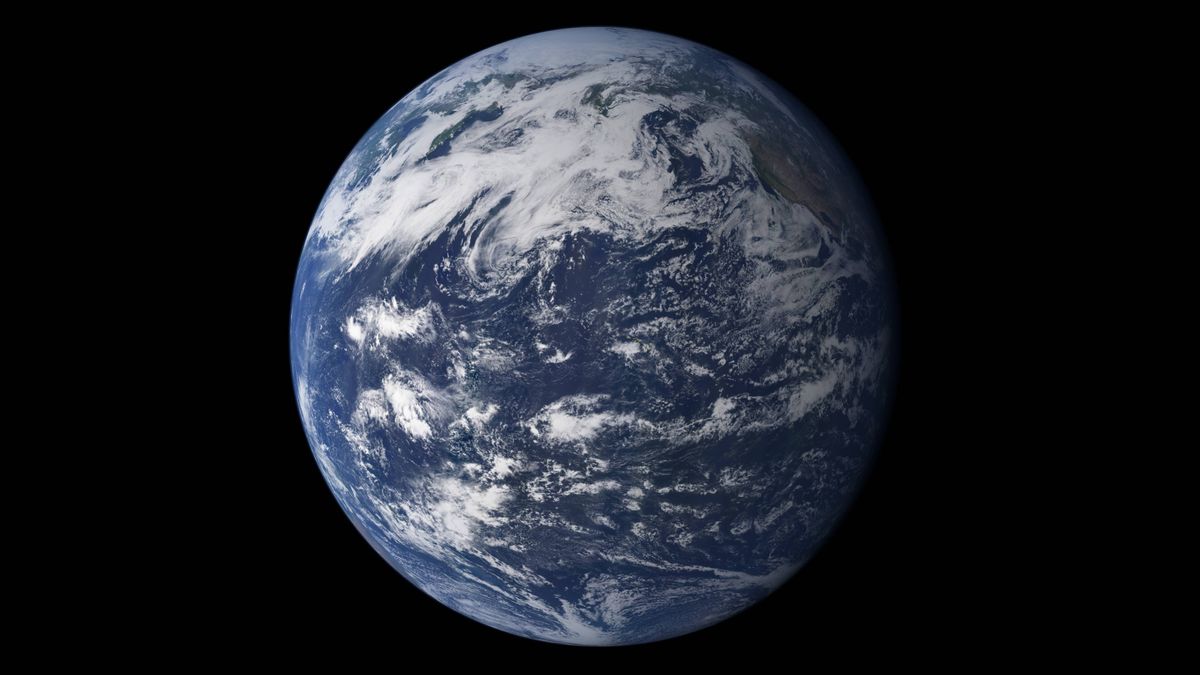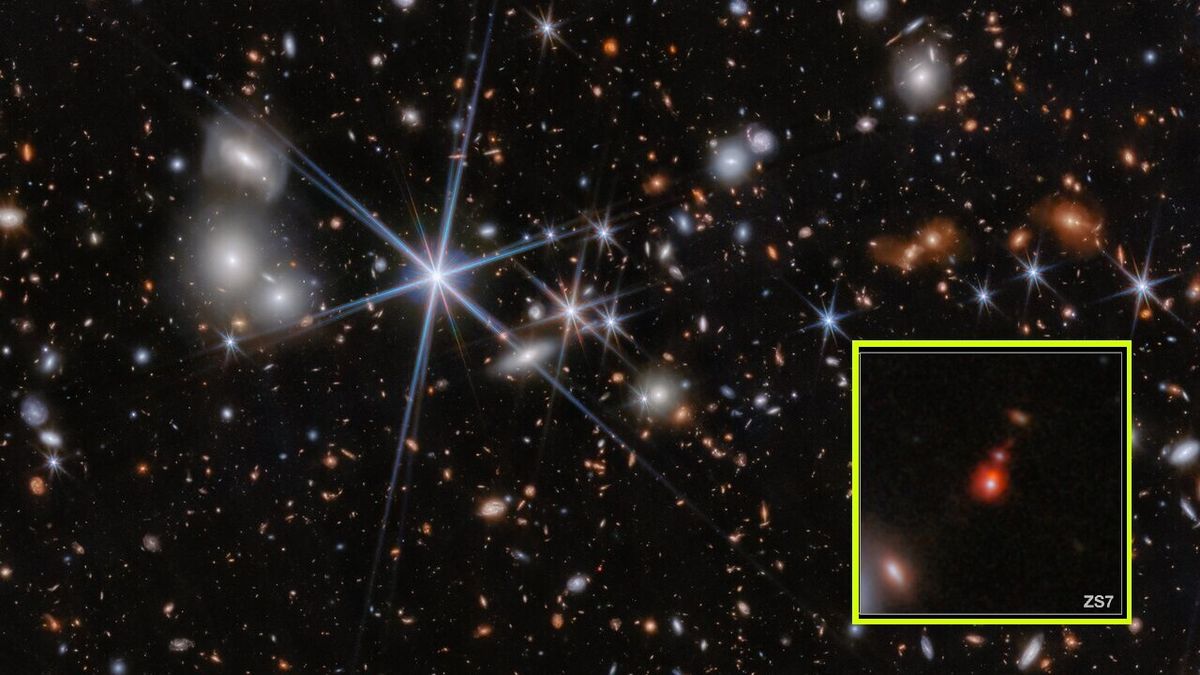Most pristine trilobite fossils ever found, shaking up scientific understanding of long-extinct group
Microtomographic reconstruction of the head and anterior trunk (“body”) limbs of the trilobite Protolenus (Hupeolenus) in ventral view. Credit: Arnaud Mazurier, IC2MP, Univ. Poitiers Researchers have described some of the best-preserved three-dimensional trilobite fossils ever discovered. The fossils, which are more than 500 million years old, were collected in the High Atlas of Morocco and … Read more
